Art residencies are spaces or programs that provide artists with the opportunity to work away from their usual environment, offering time, space, and resources to create new work and explore ideas. They may last from a few weeks to several months, during which artists are often provided with studio space, accommodation, and sometimes financial support. These residencies serve as a retreat where artists can focus entirely on their craft without the pressures of everyday life.
In Africa, the concept of art residencies is gaining traction, and their importance in shaping local talent is becoming more apparent. Away from the constraints of regular life, artists can explore new ideas and concepts in depth, experiment with different techniques, and pursue projects that may not be possible in their home environments.
Many African artists work in environments where resources like studio space, materials, or financial support are limited. Art residencies often provide the necessary infrastructure for artists to fully engage in their creative processes as well as connect them with galleries, museums, critics and curators, offering them a support system for their work. Let’s explore a few and see how they are fostering creativity and innovation in Africa.
Bag Factory Artists’ Studio — South Africa
The Bag Factory Artists’ Studio located in Newton, Johannesburg is one of the oldest and most respected art residences in Africa. Since its inception in 1991, it has provided a space for artistic collaboration between local and international artists.
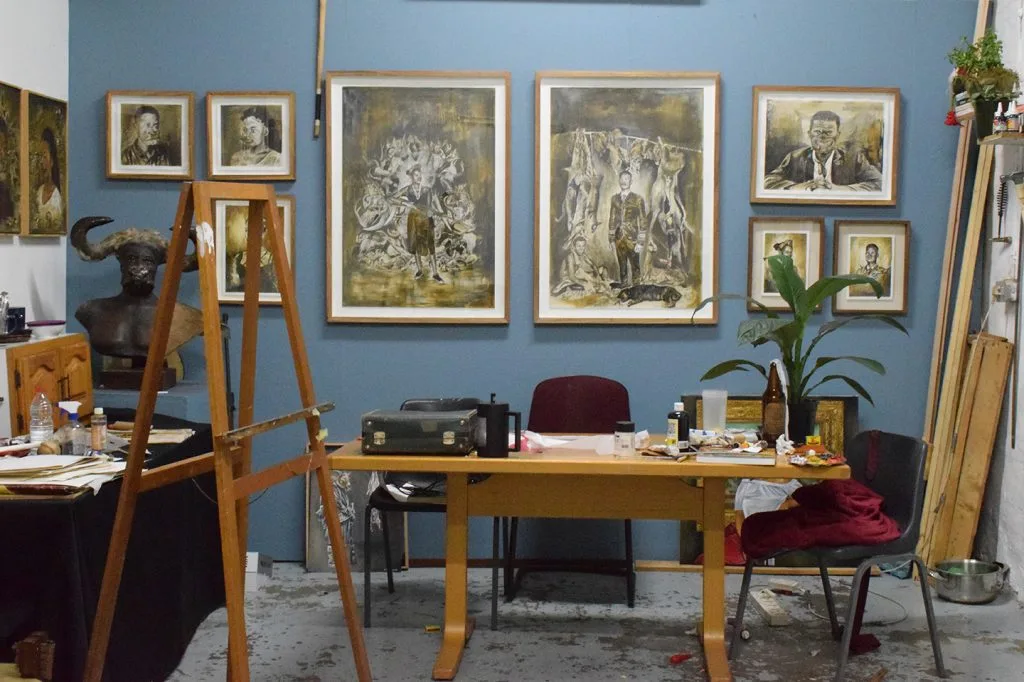
Up to eight residencies are programmed each year, inviting mid-career international artists to work alongside a community of fifteen Johannesburg-based peers for one to three months. The residencies are self-directed and focus on enabling artists research and develop new work in a supportive environment. Through exhibitions, workshops, and artist talks, Bag Factory creates a vibrant community that supports both established and emerging artists. Its emphasis on mentorship and skill development fosters an environment where creativity flourishes.
Nafasi Art Space — Tanzania
Nafasi Art Space is a contemporary art centre in Dar es Salaam, Tanzania, known for its diverse and experimental art practices. Artists are encouraged to collaborate across disciplines as visual artists work with musicians, dancers, and filmmakers, leading to innovative projects that blur the boundaries of traditional art forms.
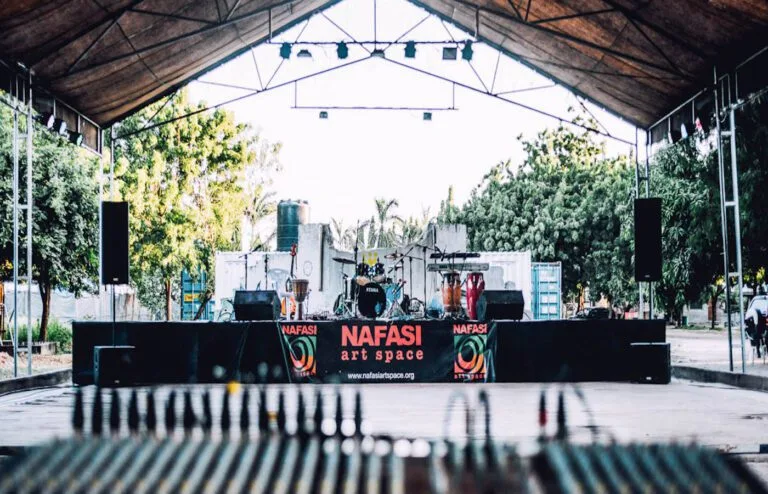
Nafasi’s focus on collaborative projects has made it an epicenter for artistic innovation in East Africa. By connecting local artists with international creatives, the residency encourages the exchange and fusion of various ideas and techniques.
The Àsikò Art School —Nigeria
The Asiko Art School which was established by Bisi Silva in 2010, forms a part of The Centre for Contemporary Art (CCA), located in Lagos, Nigeria. Asiko Art School was established with the aim of bridging the gap in the Nigerian educational system and that of other African countries.
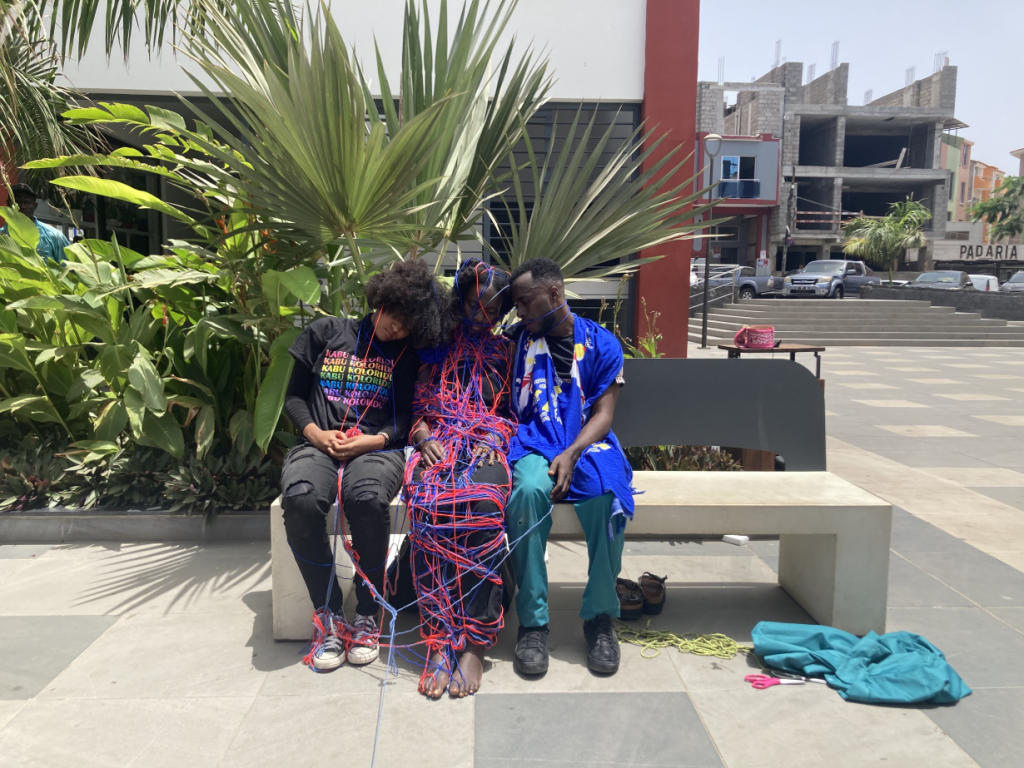
After the first two programmes in Lagos, the Asiko art school started moving to other West African countries like Accra, Ghana in 2013 and Dakar, Senegal in 2014. In 2015, the programme extended to Southern and Eastern Africa. Now, the Asiko art school travels to different African countries to encourage dialogue around contemporary African art practices, fostering a creative environment for learning and mentorship.
ZOMA Museum — Ethiopia
The ZOMA Museum in Addis Ababa, formerly known as the ZOMA Contemporary Art Center is a unique art space that combines environmental sustainability with artistic creativity. Its artist residency program focuses on merging art with architecture, agriculture, and ecology. Established in 2002 by Elias Sime and Meskerem Assegued, ZOMA’s residency emphasizes the intersection between art and sustainability, encouraging artists to create work that engages with the natural environment.
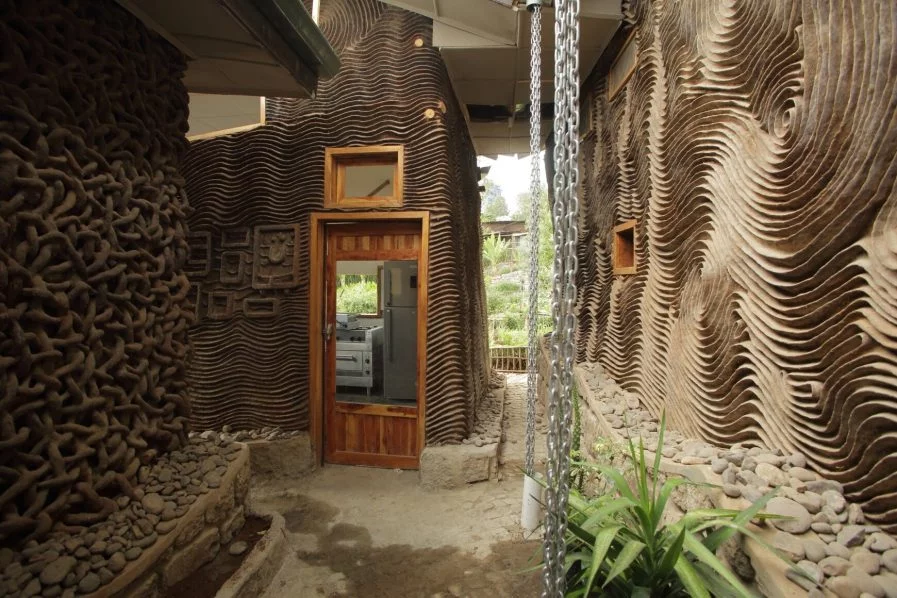
These programs attract local and international artists, offering them the opportunity to live and interact within the Zoma Museum environment. By encouraging artists to think beyond traditional materials and methods, ZOMA fosters a new generation of environmentally conscious artists.
Ker Issa — Senegal
Ker Issa is the Raw Material Company residency programme based in Dakar, Senegal. It was established in 2011 and has welcomed more than 50 artists and curators from various nationalities. The residency is trans-disciplinary and open to visual artists interested in any medium like literature, film, politics, architecture, fashion and cuisine.
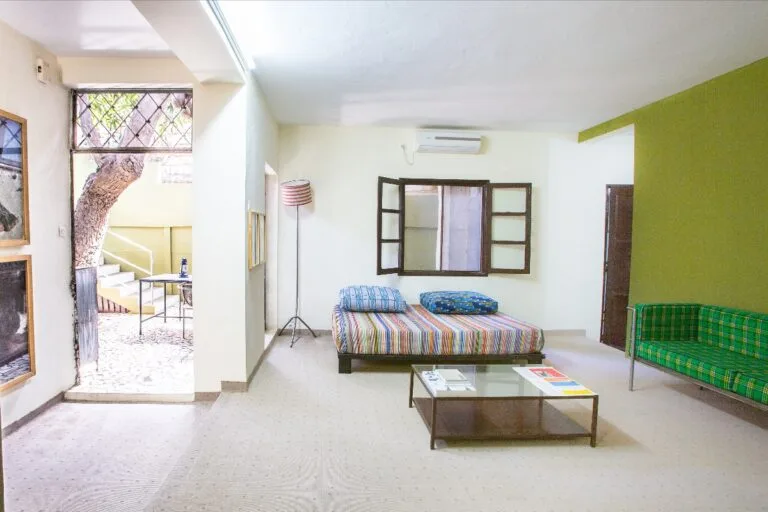
The residency plays a key role in advancing contemporary African art by encouraging artists to engage with social and political issues. This results in art that not only pushes aesthetic boundaries but also challenges societal norms.
Nubuke Foundation — Ghana
The Nubuke Foundation for Clay and Textiles located in Accra, Ghana serves as a nexus for the community and has become a nurturing and promotion space for textile-based practicing artists. Its artist residency program offers emerging and established artists the space to create and exhibit their work. Artists, writers, designers and curators have the time and space to explore and experiment with their own practice.

Nubuke plays a crucial role in promoting Ghanaian art both locally and internationally. Through its residencies, it fosters a new generation of artists who are pushing the boundaries of contemporary African art.
African art is often viewed through the lens of Western art history, but residencies are providing platforms where African artists can reframe their narratives. Through residencies, African artists can explore their cultural heritage, address pressing social and political issues, and challenge existing stereotypes. These residencies are not just nurturing local talent but also attracting international artists, critics, and curators to Africa. By creating a network of artists, art professionals, and institutions, these residencies are playing a crucial role in developing the infrastructure necessary to support contemporary art on the continent.


